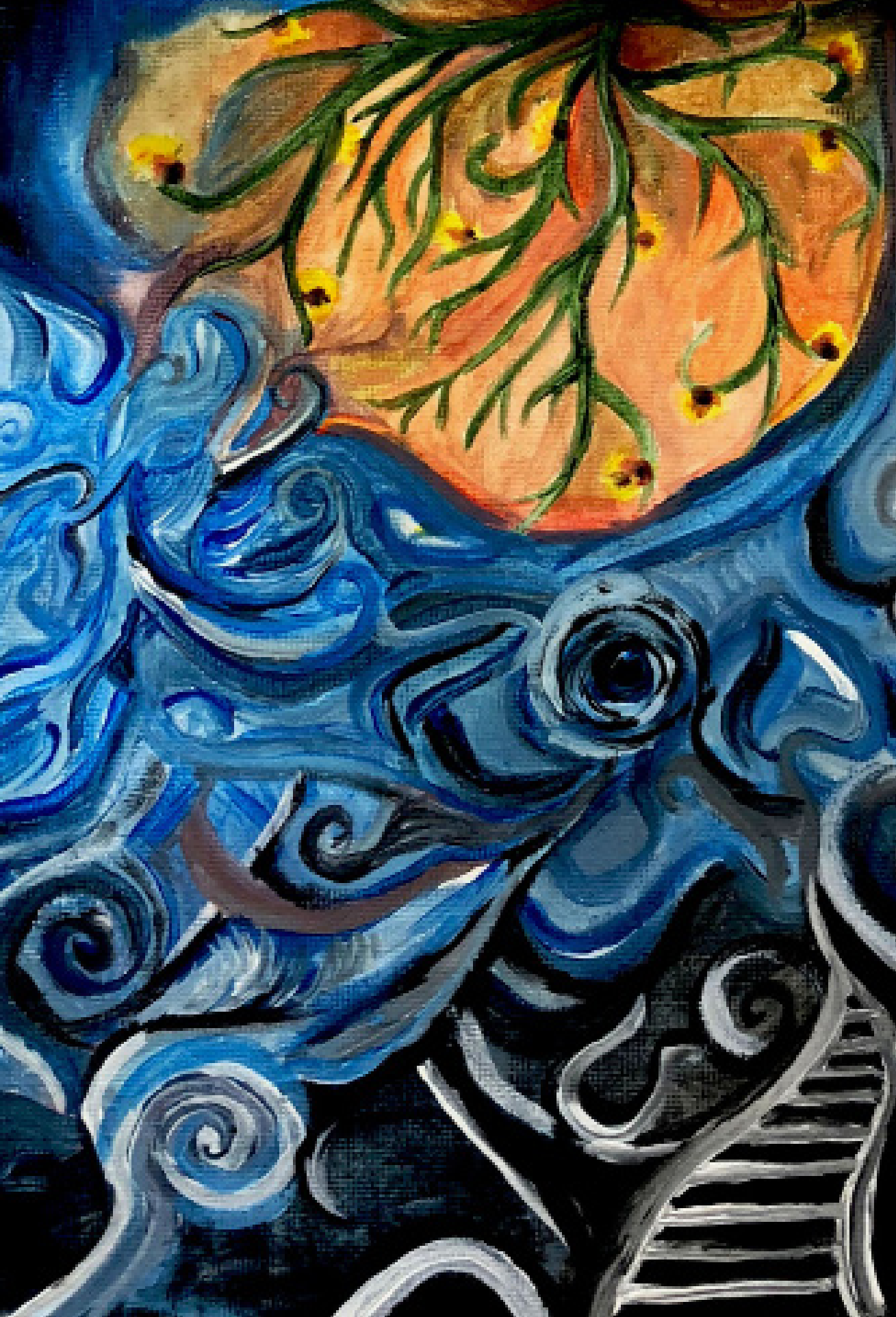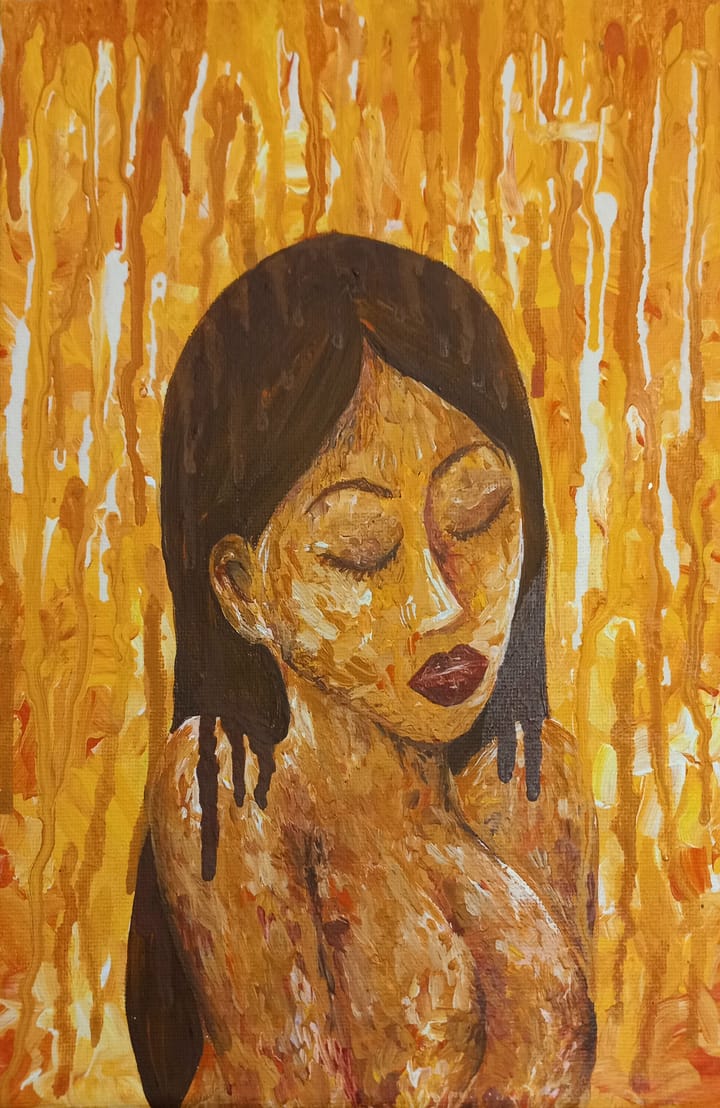The Indicator x The Student: “Homecoming”
Originally published in The Indicator’s Fall 2021 issue “Passing,” “Homecoming” by Gabby Avena ’25 is republished here as part of a collaboration between The Student’s Arts & Living Section and The Indicator.


Originally published in The Indicator’s Fall 2021 issue “Passing,” “Homecoming” by Gabby Avena ’25 is republished here as part of a collaboration between The Student’s Arts & Living Section and The Indicator. Find the full issue here.
Ever since the Nabisco factory closed, you can no longer smell the cookies in the air. My Lola keeps telling me this, once as we pass through colorful concrete tunnels on our way from the Newark airport, again as they are replaced by the tall trees that tower over the road, and a final time as we pass the empty corpse of the factory. Its darkened, neon lights welcome me to my hometown: Glen Rock, New Jersey. She tells me that when she first arrived from the Philippines, she wondered how the neighbors could have so much time for baking, day-in and day-out. Now there is nothing but the smell of a fresh frost creeping into the autumn air. I smile and say that’s too bad and I miss it too, but really, I have no memories of ever catching the scent of cookies among the pines.
What I do remember is this: a brick-and-paneled house at the end of a straight street, a driveway whose downhill slope seems to carefully cradle you for a moment before you fall in. I remember a tree — Naomi’s tree — planted for my baby cousin who passed long ago. Its highest leaves now watch over me. There are still bunnies who burrow under the shrubs, still a scattering of flowers in the front lawn, but the mailbox’s graying green has been traded in for shiny new copper with, on its side, two sparrows embedded in stark relief.
In the end, it’s the interior that has changed the most. I watch as my Lola rests her arm against the walls whose ancient floral wallpaper has been peeled off like sickly skin over bare bone, exposing stark white beneath. The floorboards no longer announce her shuffling steps with great groans, producing quiet clicks instead. The magnets which once crowded the fridge’s old face, one for each place my Lola ever traveled, are now stowed in the basement.
And yet the memories remain, scattered everywhere. When I pass through the rooms, I find their ghosts tucked into covers and corners: one strains on its tiptoes next to the door frame into which my growing height was etched alongside all my siblings’ and cousins’, where we can see the year when Tim outgrew us all. Another pulls along a little red wagon (my first favorite toy) with a little stuffed rabbit seated inside (my second). A particularly peaceful figure leaves its light impression on my grandparents’ bedsheets, fiddling with the soft flesh between my Lolo’s thumb and forefinger as he reads the Sunday strip.
I am reminded that after all, no matter what, here is home. Here is my family’s first place in the States; here it has remained ours for over 20 years. Here in the backyard is a garden; here in the garden is a grove of apple trees. Here I am the tree, I am the fruit, I am the seed.
Memories are more than pictures framed upon the wall; they are not static things. Memories can move, can be passed down like a family heirloom or a family curse, can be lost and found all over again. These ghosts of every present moment grow and change and live and die alongside us. One day, when the house is no longer ours, when someone papers over its whitewashed walls, when my Lola’s heart stalls, when the last apple falls from a barren tree — our home will remain with me, in memory.





Comments ()